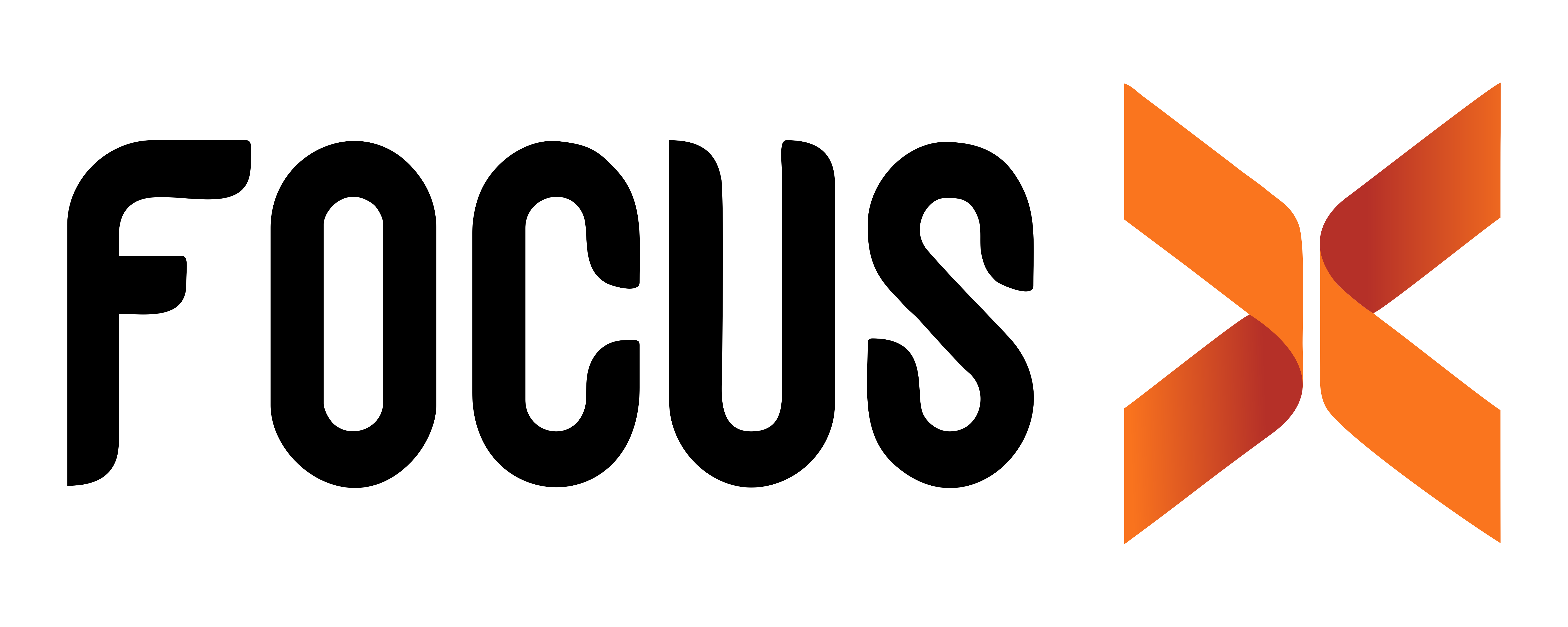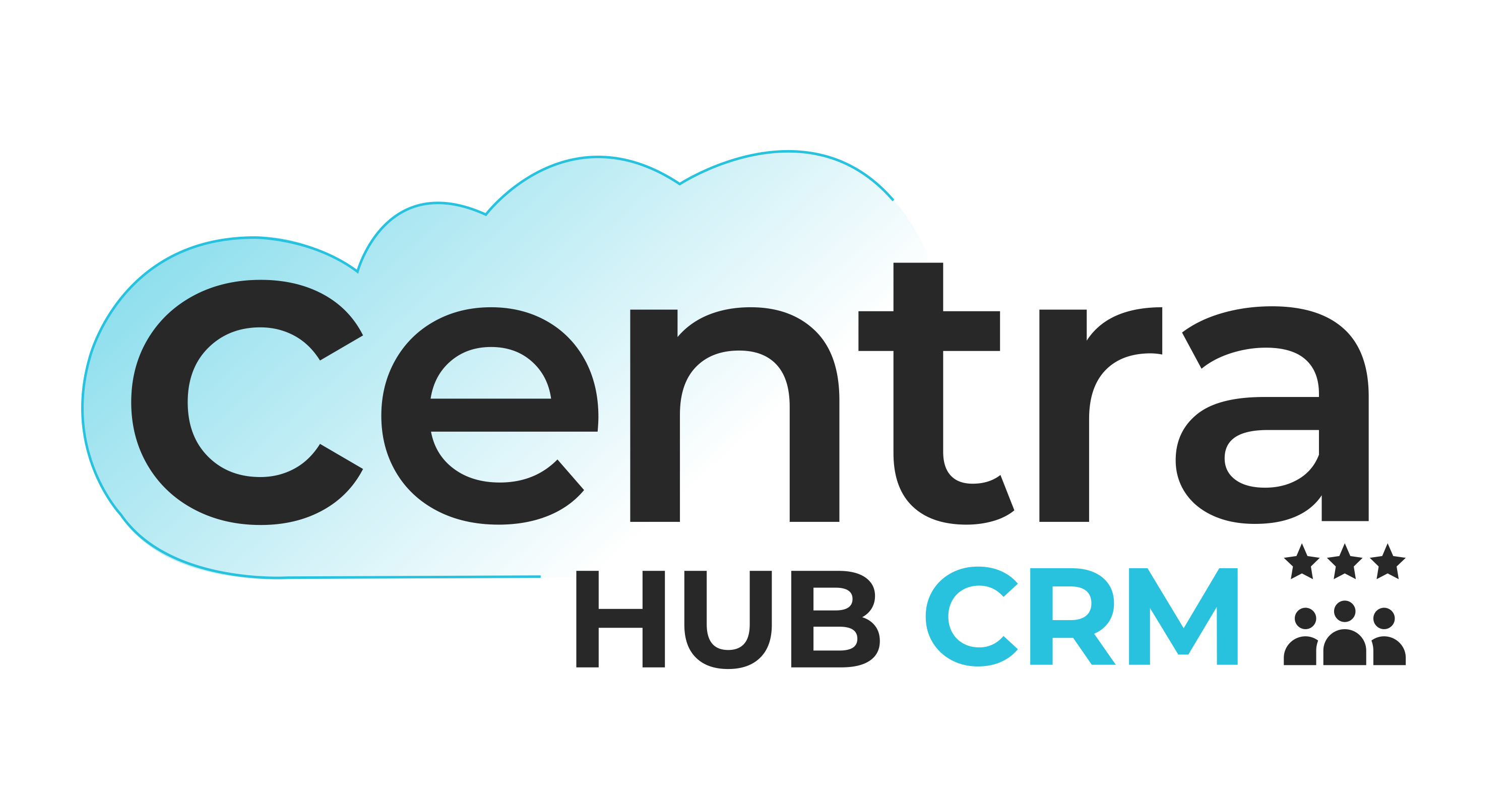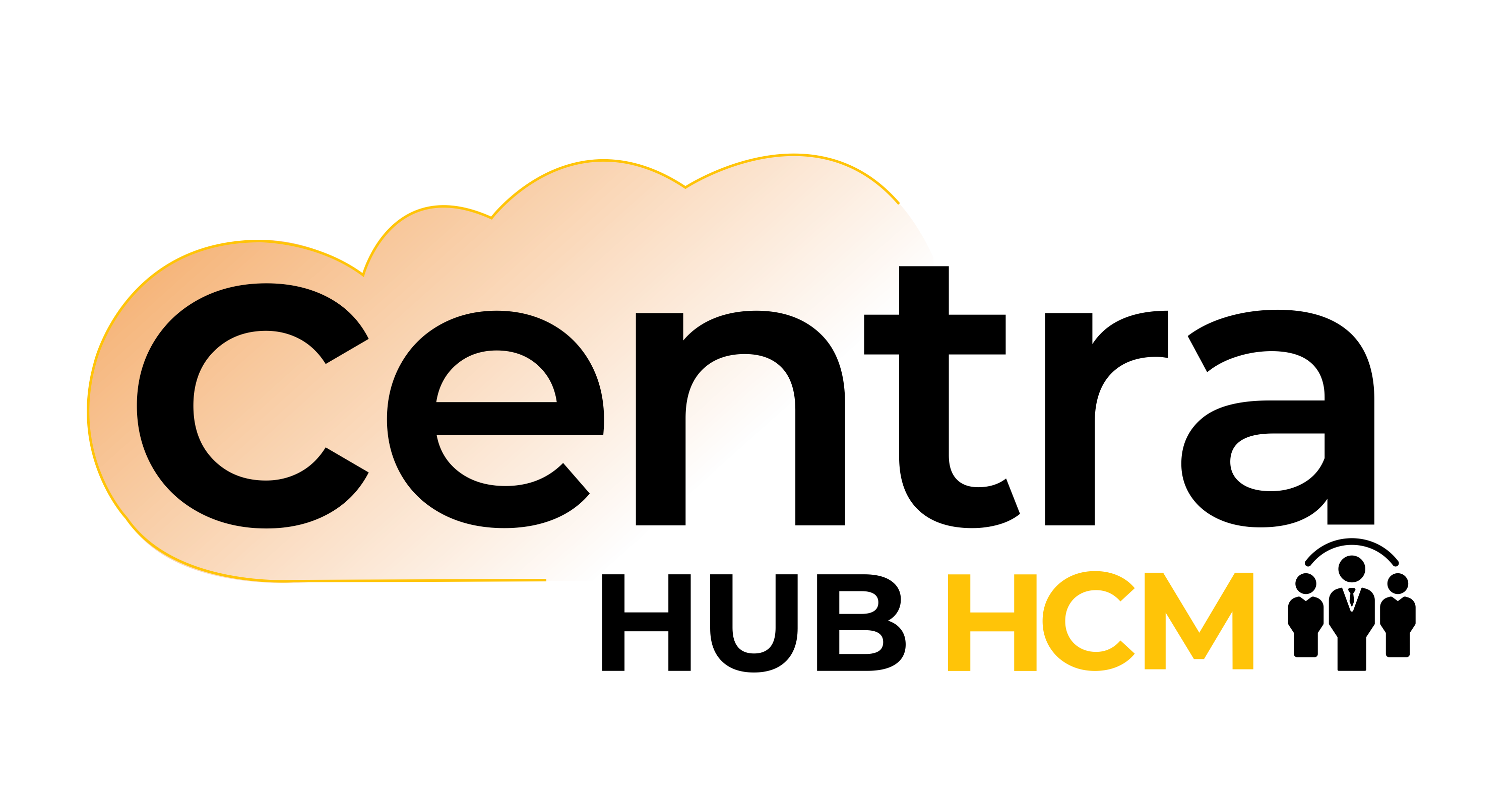Navigating the Technical Landscape
Modernization and compliance
Modernization and compliance are at the heart of Malaysia's e-invoicing journey. The nation is committed to revamping traditional billing processes, ushering in an era of technological advancement. This drive for modernization extends to businesses that must adapt to remain competitive. Compliance with the Inland Revenue Board's (IRB) guidelines, starting in June 2024, is not just a legal requirement but a strategic move to stay in line with invoice standards. By embracing e-invoicing, Malaysia aims to streamline operations and ensure transparency in financial transactions.
Technology integration
Cloud solutions provide accessibility and flexibility, allowing businesses to send and receive invoices efficiently. API integration facilitates data exchange, reducing manual errors.
The seamless integration of E-invoicing into existing systems is pivotal. It involves harmonizing e-invoice solutions with financial and accounting software to ensure efficient data exchange. Cloud-based solutions offer accessibility and flexibility, allowing businesses to send and receive invoices from anywhere, while API (Application Programming Interface) integration is the heart of streamlined data flow. It reduces manual data entry errors, enhances efficiency, and enables real-time communication between different software systems.
Data security
With the migration to e-invoicing, data security is paramount. It encompasses a range of protective measures to ensure the confidentiality and integrity of sensitive financial information and personal data contained in electronic invoices. As businesses adopt E-invoicing in Malaysia, they must adhere to data protection laws and employ advanced encryption techniques. This safeguards against unauthorized access, tampering, or data breaches. Robust security protocols, such as secure socket layer (SSL) encryption and secure file transfer, are employed to guarantee the safe exchange of electronic invoices.

Digital Financial Transactions – Its Aspects
Regulations and compliance
The Malaysian government has introduced regulations to encourage e-invoicing. Businesses need to comply with these regulations to ensure the legality of their e-invoices. The regulatory framework may include requirements for data formats, archiving, and digital signatures.
Integration models
Choosing the right integration model is crucial for e-invoicing success. Businesses can select from various models, such as direct integration with their business systems, using intermediaries, or government portals. The choice depends on their specific needs and capabilities.
Technical standards
E-invoicing relies on standard data formats and protocols. In Malaysia, businesses must adhere to these technical standards for seamless e-invoicing. Common standards include PEPPOL (Pan-European Public Procurement On-Line).
Security measures
Ensuring the security of e-invoices is paramount. This involves implementing encryption, digital signatures, and secure data transmission methods to protect sensitive financial data.
Benefits and efficiency
E-invoicing offers several advantages, including cost savings, reduced errors, and streamlined processes. Embracing e-invoicing can lead to increased efficiency in financial transactions.
Transition period
The transition to e-invoicing may have a designated period during which businesses can adapt to the new system. It's essential to keep track of these timelines to remain compliant.
Conclusion: The Path Forward
E-invoicing in Malaysia is poised for success. To thrive in this technical landscape, businesses must stay updated on compliance requirements. Embracing E-invoicing promises efficiency, cost savings, and a competitive edge in Malaysia's evolving business ecosystem, ensuring a brighter future for electronic billing.







